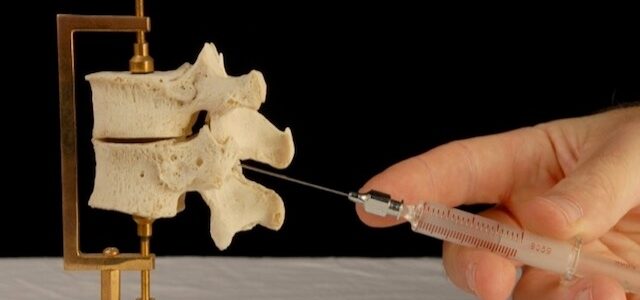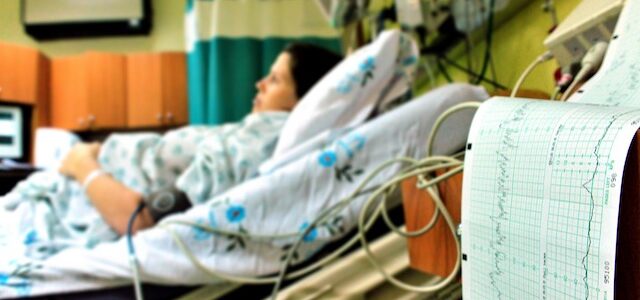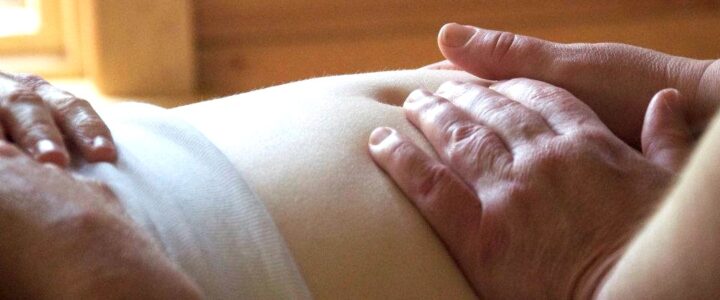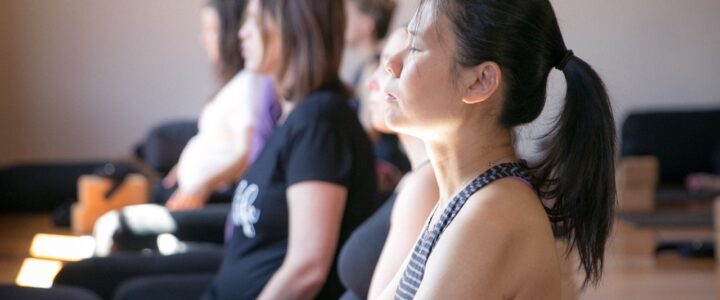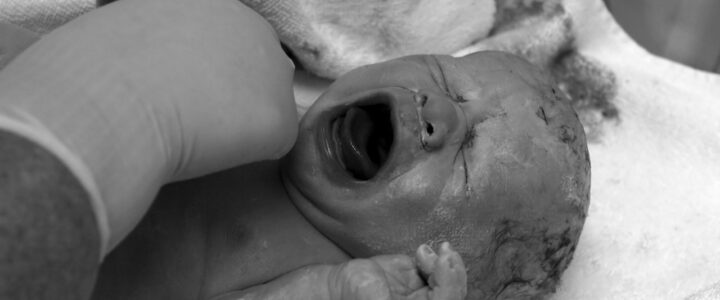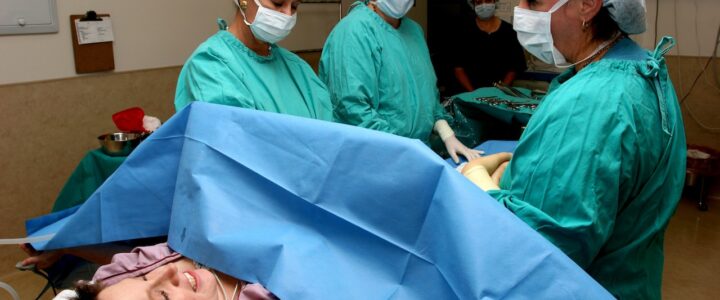Why are We Putting Babies to Sleep on Their Backs?
The Hong Kong Studies
In 1985 after retrospectively investigating only 15 deaths, researchers concluded that that Hong Kong had a much lower rate of unexplained infant deaths than that of Western countries. They cited a low incidence of preterm birth in Hong Kong (a known risk factor for unexplained infant death) and two significant differences in infant sleep environments — crowded living conditions and the traditional Chinese practice of putting babies to sleep on their backs. Given the absurdity of recommending crowded living conditions and the unlikelihood of reducing preterm birth, they went with the supine sleep recommendation in their conclusions. Read more

